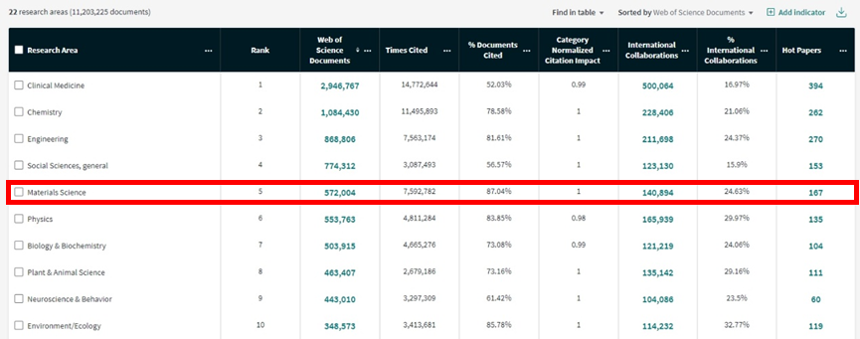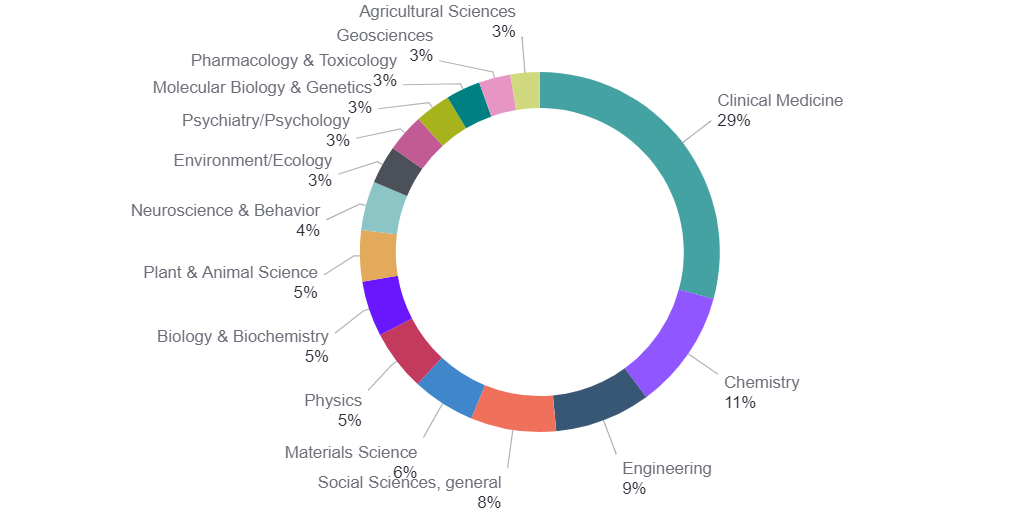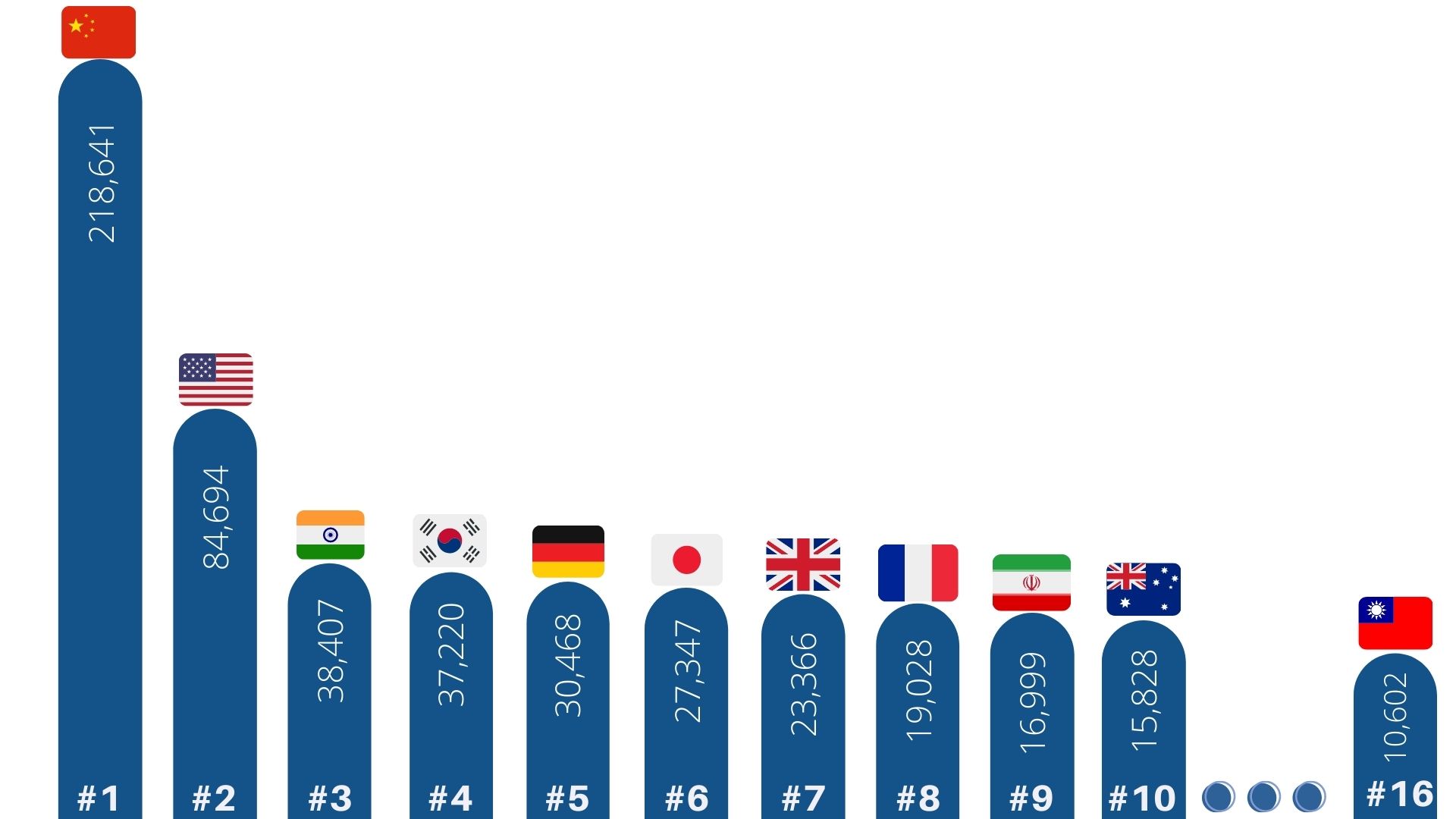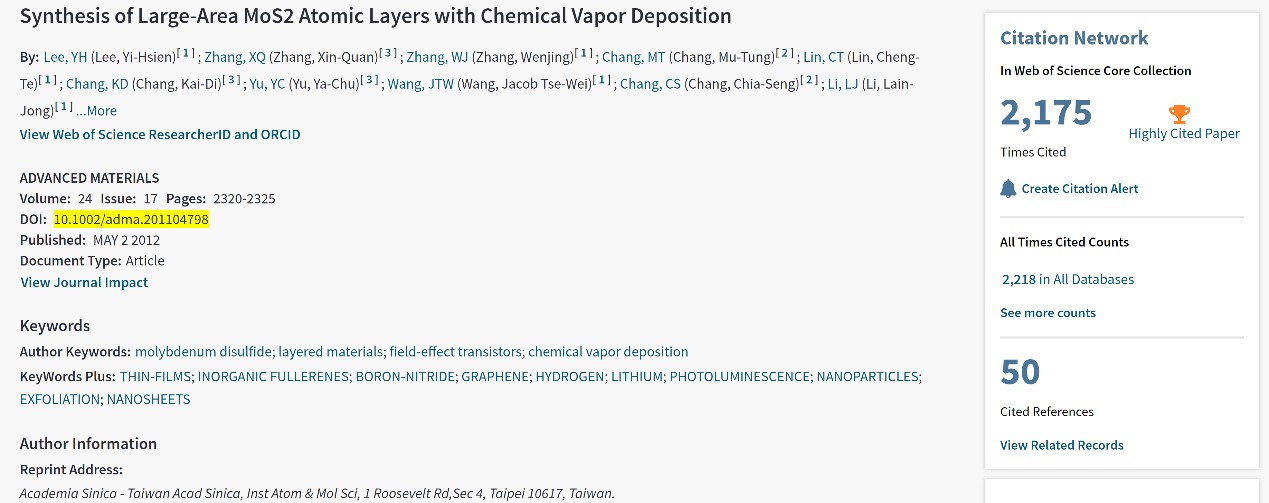ViSSA 2.0: Virtually Shared Spectrum Access (ViSSA) Experiment and Demonstration Platform 2.0

- ENGINEERING & TECHNOLOGIES
- Text & Image
- December 21,2020

Material science seems like a complicated science topic that is far from us, but in fact, the application of material science is everywhere in our daily lives. Metals, ceramics, glass, and even the screens on mobile phones that we used every day are all related to material science. Material science is a research field focusing on the preparation and processing of certain materials and the interaction between their microstructure and macrostructure. Moreover, it is also a cross-disciplinary research topic that involves different fields of scientific research and engineering.
With the advancement of science and technology, material science research branches out into different subfields, such as nanomaterials, semiconductor materials, green energy materials, sustainable materials, and biomedical materials. Altogether, it shows that material sciences have a wide range of applications and usages and is related to human being’s everyday lives.
International Material Science Research Trend
Countries around the world are investing in the research and development of material science since it is one of the keys to drive the developmental breakthroughs of the industry, economy, society, and environment. It is shown on InCites database that there is a total of 572,004 pieces of material sciences paper from 2015 to 2019, which is 6% of the total publication and ranks the fifth among 22 research areas. (Fig 1, last updated: 2020/11/25)

(a)

(b)
Fig 1. From 2015 to 2019, (a) ranking of paper publication in different research areas (b) percentage of paper publication in different research areas. Resources: InCites, last updated: 2020/11/25
Taking a closer look at the material science publications around the world, it is shown that China and the US are the two leading countries in material science research (Fig 2). China has published 218,641 material science papers, which is 37% of the total publications of the world and ranks first. As for the US, a total number of 84,694 papers are published, which made up 14% of the world’s total publications and ranks second.
China has been actively investing in researches on material science. Since 2009, the Chinese government has been increasing funding in material science research with the hope of enhancing the country’s high technology and economic development. Although China’s paper publication number is the highest, the data shows that the US research papers have been cited more times than those of China’s, and have a greater citation impact than China. This indicates that the US holds a higher value in the field of material science research.

Fig 2. Global material science paper publication numbers and ranking from 2015 to 2019
(Resources: InCites)
Hot Research Topics in Material Science
InCites database selects the most cited papers within two years of publication as hot papers in certain research areas; therefore, it could indicate the research trend of an academic area. For material science, InCites database listed 167 hot papers which include different research topics, such as energy storage materials, light-emitting diode (LED), solar energy, biomedical material, and metal organic framework. Meanwhile, Taiwan is also not left behind by the research trend of material science. One of Taiwan’s most cited papers, published by Academia Sinica and Tung Hai University, is researching on large-area MoS2 Atomic Layers, which is crucial in the study of two-dimensional materials.

Fig 3. The highly cited paper co-published by Academia Sinica and Tunghai University
(Resources: InCites)
Taiwan’s Material Science Research & Development
Ranking fourth in the total amount of Taiwan’s research paper publication from 2015 to 2019, material science can be seen as one of Taiwan’s research strengths. Moreover, 32.74% of Taiwan’s material science research output was conducted in collaboration in with other countries, including China, the US, Japan, India, and Germany.
The wide range of applications of material science is also accelerating the development of related industries. The Ministry of Science and Technology (MOST) “White Paper on Science & Technology” mentioned the vision of the country’s future development on material sciences, which indicates the country’s attention to material science research, especially in cross-disciplinary research, such as nanomaterial in medicine and novel materials in artificial tissues and organs. Meanwhile, the government also focuses on advancing sustainable materials and hopes such materials can bring Taiwan to a greener future.
To align Taiwan’s material science R&D with the industry development, the government initiates “Efficiency Verification of New Generation Photovoltaics Project”, “Semiconductor Moonshot Program”, and “Innovation and Application of Nanoscience Thematic Program” to support Taiwan’s academia and industrial research and development on nanomaterials, semiconductors, and other new materials. Take the “Efficiency Verification of New Generation Photovoltaics Project” as an example, the project has successfully stimulated the development of green energy sources and established a newly developed system for new generation photovoltaics efficiency verification, which can be implemented in people’s daily lives by combining with IoT to create a smart living environment. As for the “Semiconductor Moonshot Program”, it aims to advance Taiwan’s technology and semiconductor industry to face the upcoming challenges in the AI technology era.
Science development can satisfy human’s curiosity toward nature. Among the wide variety of scientific researches, the development of material science brings all sorts of possibilities to our future. Through cross-disciplinary collaboration, Taiwan’s material science research can work as a solid foundation for Taiwan’s technology industry and stimulate the country’s research and development in different areas.
STAY CONNECTED. SUBSCRIBE TO OUR NEWSLETTER.
Add your information below to receive daily updates.




